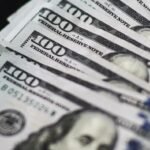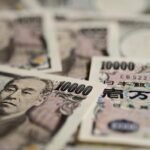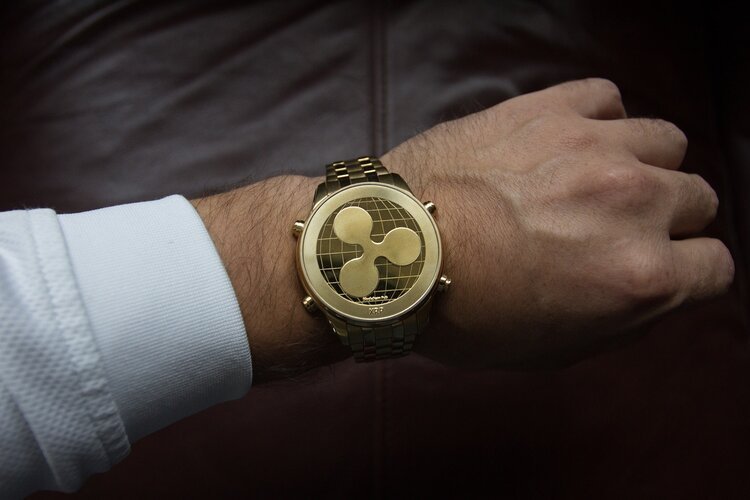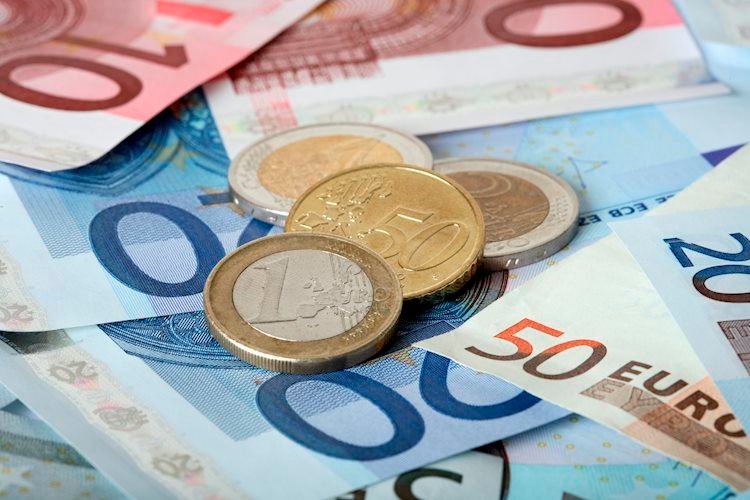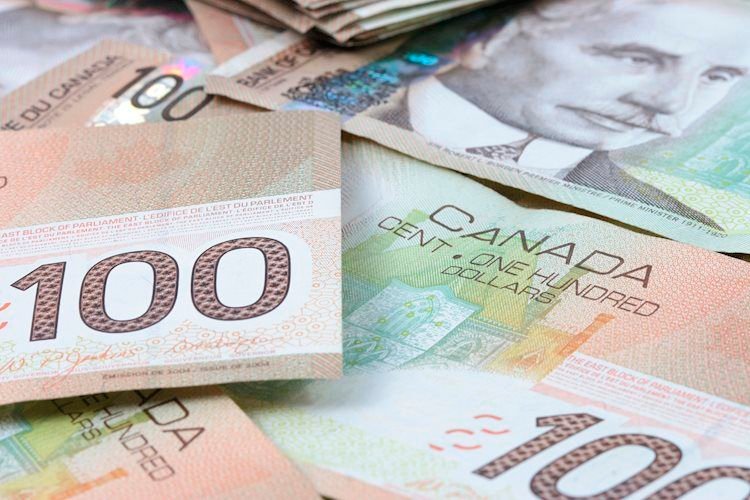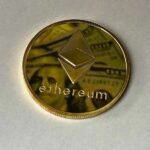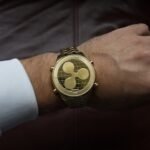- The core Personal Consumption Expenditures Price Index is foreseen up 0.1% in June.
- The Federal Reserve is widely anticipated to trim interest rates in September.
- The EUR/USD pair is on the brink of turning bearish in the mid-term.
The United States will release June Personal Consumption Expenditures (PCE) Price Index figures on Friday. The Federal Reserve’s (Fed) favourite inflation gauge will be released by the US Bureau of Economic Analysis (BEA) at 12:30 GMT.
Ahead of the announcement, the country published the preliminary estimate of the Q2 Gross Domestic Product (GDP), which largely surpassed the market’s expectations. The economy grew at an annualized pace of 2.8%, according to the flash Q2 GDP, while inflation in the same period was lower than previously estimated. The core Personal Consumption Expenditures Price Index rose 2.9% QoQ, easing from the 3.7% posted in the first quarter, yet above expectations of 2.7%. Finally, the GDP Price Index rose 2.3% in the same period, below the market expectation of 2.6%.
Overall, the figures anticipate that price pressures continued to ease at the end of the second quarter, although inflation remains above the Federal Reserve’s goal of 2%.
PCE Price Index: What to expect from the Federal Reserve’s preferred inflation measure
The core PCE Price Index, which excludes volatile food and energy prices, is forecast to rise 0.1% MoM in June, matching the May figure. The PCE Price Index is also projected to grow at an annual pace of 2.5%, slightly below the previous 2.6%, although still above the Fed’s 2% goal.
The expected figures will align with the recent Fed Chairman Jerome Powell’s mildly dovish stance, exacerbating bets for two interest rate cuts before year-end. Chair Powell surprised market players recently by downgrading his hawkish tone. Speculative interest rushed to price in a 25 basis points (bps) rate cut in September while slowly lifting bets of a similar move in December.
Ahead of the release, it is worth reminding that the US reported that the Consumer Price Index (CPI) declined 0.1% MoM in June, while the annual index increased 3%, down from the previous 3.3%, according to the US Bureau of Labor Statistics (BLS). The continued improvement in inflation provided additional support to rate-cut bets.
When will the PCE inflation report be released, and how could it affect EUR/USD?
PCE inflation figures will be released on Friday at 12:30 GMT, and as previously noted, expectations point to another step down towards the Fed’s 2% target. Given the quarterly PCE figures released on Thursday, the report may have a limited impact on the US Dollar, moreover, if the outcome aligns with expectations.
The USD should come under selling pressure on lower-than-anticipated readings, as such figures will further support the case of a dovish central bank. The opposite scenario is also valid, with higher-than-expected figures leaning the scale towards a more hawkish Fed and delayed rate cuts. As a result, the Greenback may extend gains ahead of the weekly close.
Ahead of the announcement, the EUR/USD pair maintains its weak tone. After posting a multi-month high of 1.0947 in mid-July, the pair entered a selling spiral that pushed it towards this week’s low at 1.0824.
From a technical perspective, Valeria Bednarik, Chief Analyst at FXStreet, notes: “The EUR/USD pair is at the brink of turning bearish. The daily chart shows EUR/USD battling a bullish 20 Simple Moving Average (SMA), with a clear extension below it, probably encouraging sellers. At the same time, the 100 and 200 SMAs remain directionless in the 1.0790 price zone, with a break below it further exacerbating selling interest. Finally, technical indicators have completely retreated from overbought readings and are currently losing their bearish strength at around their midlines, although they are far from confirming the slide is over. Extensions below their midlines will likely anticipate another leg lower, particularly if the pair loses the aforementioned 1.0790 support area.”
Bednarik adds: “At this point, EUR/USD would need to reconquer the 1.0870 region to give bulls a chance. A much more relevant resistance area comes at around 1.0945, a potential bullish target should PCE data put the Greenback in sell-off mode. Still, such a scenario seems quite unlikely, given the recently released quarterly PCE inflation figures.”
Inflation FAQs
Inflation measures the rise in the price of a representative basket of goods and services. Headline inflation is usually expressed as a percentage change on a month-on-month (MoM) and year-on-year (YoY) basis. Core inflation excludes more volatile elements such as food and fuel which can fluctuate because of geopolitical and seasonal factors. Core inflation is the figure economists focus on and is the level targeted by central banks, which are mandated to keep inflation at a manageable level, usually around 2%.
The Consumer Price Index (CPI) measures the change in prices of a basket of goods and services over a period of time. It is usually expressed as a percentage change on a month-on-month (MoM) and year-on-year (YoY) basis. Core CPI is the figure targeted by central banks as it excludes volatile food and fuel inputs. When Core CPI rises above 2% it usually results in higher interest rates and vice versa when it falls below 2%. Since higher interest rates are positive for a currency, higher inflation usually results in a stronger currency. The opposite is true when inflation falls.
Although it may seem counter-intuitive, high inflation in a country pushes up the value of its currency and vice versa for lower inflation. This is because the central bank will normally raise interest rates to combat the higher inflation, which attract more global capital inflows from investors looking for a lucrative place to park their money.
Formerly, Gold was the asset investors turned to in times of high inflation because it preserved its value, and whilst investors will often still buy Gold for its safe-haven properties in times of extreme market turmoil, this is not the case most of the time. This is because when inflation is high, central banks will put up interest rates to combat it. Higher interest rates are negative for Gold because they increase the opportunity-cost of holding Gold vis-a-vis an interest-bearing asset or placing the money in a cash deposit account. On the flipside, lower inflation tends to be positive for Gold as it brings interest rates down, making the bright metal a more viable investment alternative.
US Dollar FAQs
The US Dollar (USD) is the official currency of the United States of America, and the ‘de facto’ currency of a significant number of other countries where it is found in circulation alongside local notes. It is the most heavily traded currency in the world, accounting for over 88% of all global foreign exchange turnover, or an average of $6.6 trillion in transactions per day, according to data from 2022. Following the second world war, the USD took over from the British Pound as the world’s reserve currency. For most of its history, the US Dollar was backed by Gold, until the Bretton Woods Agreement in 1971 when the Gold Standard went away.
The most important single factor impacting on the value of the US Dollar is monetary policy, which is shaped by the Federal Reserve (Fed). The Fed has two mandates: to achieve price stability (control inflation) and foster full employment. Its primary tool to achieve these two goals is by adjusting interest rates. When prices are rising too quickly and inflation is above the Fed’s 2% target, the Fed will raise rates, which helps the USD value. When inflation falls below 2% or the Unemployment Rate is too high, the Fed may lower interest rates, which weighs on the Greenback.
In extreme situations, the Federal Reserve can also print more Dollars and enact quantitative easing (QE). QE is the process by which the Fed substantially increases the flow of credit in a stuck financial system. It is a non-standard policy measure used when credit has dried up because banks will not lend to each other (out of the fear of counterparty default). It is a last resort when simply lowering interest rates is unlikely to achieve the necessary result. It was the Fed’s weapon of choice to combat the credit crunch that occurred during the Great Financial Crisis in 2008. It involves the Fed printing more Dollars and using them to buy US government bonds predominantly from financial institutions. QE usually leads to a weaker US Dollar.
Quantitative tightening (QT) is the reverse process whereby the Federal Reserve stops buying bonds from financial institutions and does not reinvest the principal from the bonds it holds maturing in new purchases. It is usually positive for the US Dollar.
